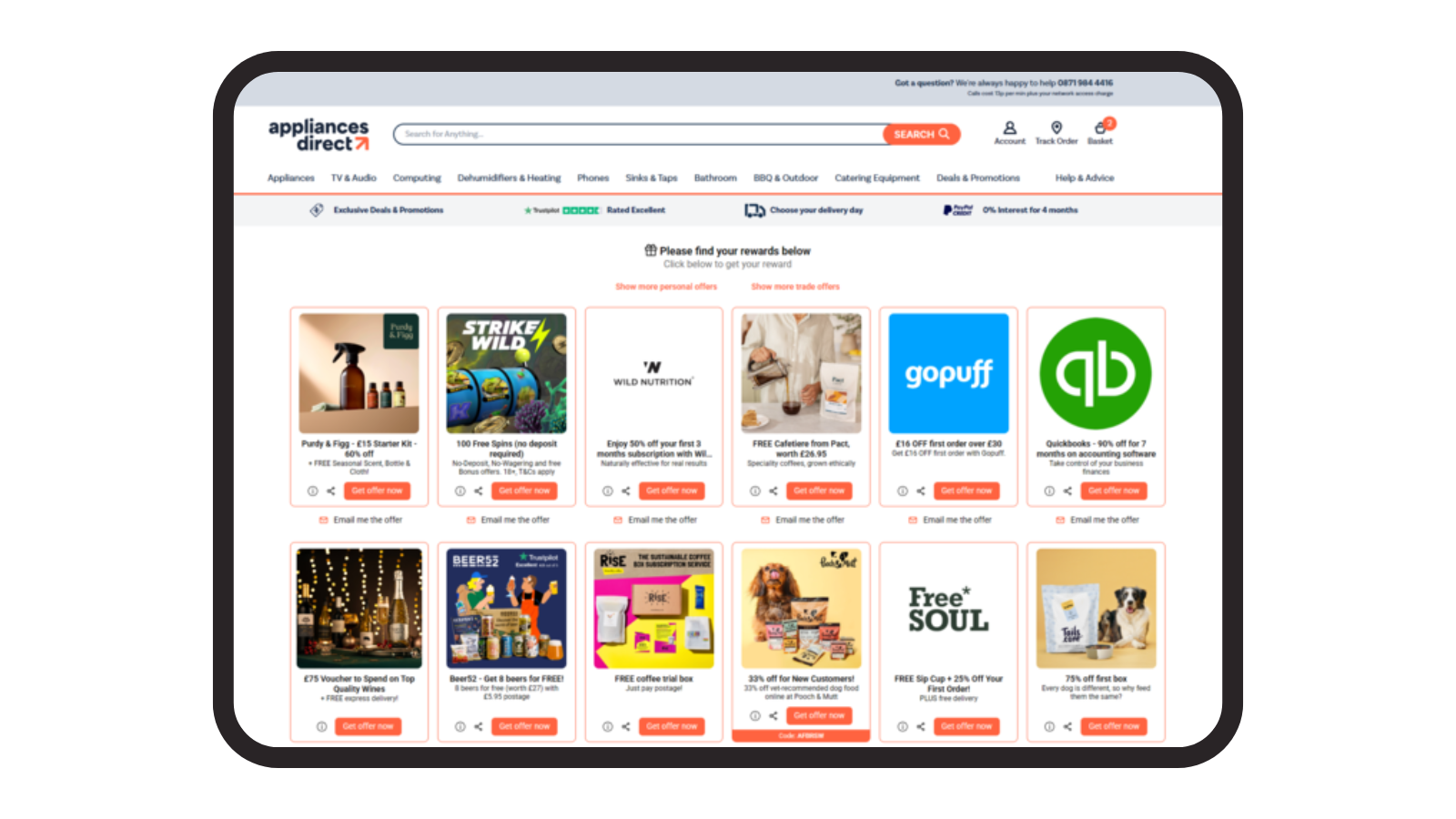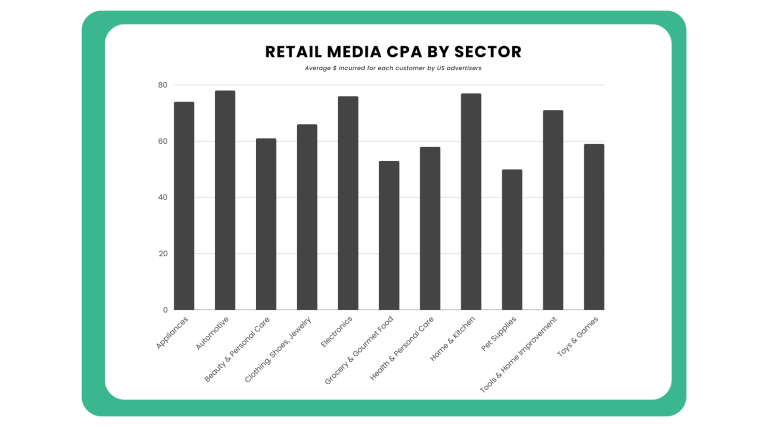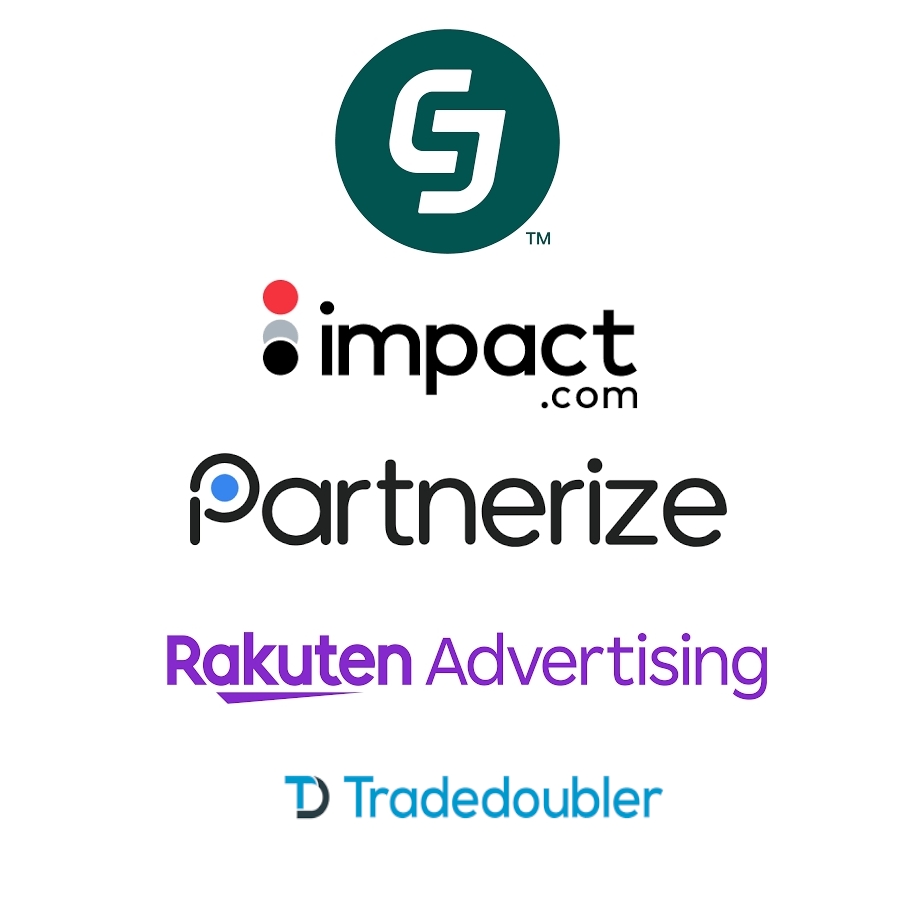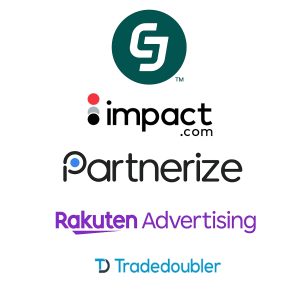What Is a Reward Wall? A Complete Guide
In today’s competitive retail landscape, businesses are constantly seeking innovative ways to generate additional revenue while enhancing their customer experience.
Enter the Reward Wall: an embeddable ad unit that’s fast becoming one of the most popular entry points into the lucrative world of retail media.
Understanding the Reward Wall
A Reward Wall is a curated collection of rewards, offers, and incentives from brand partners that retailers can showcase to their customers.
Think of it as a digital marketplace of offers from complementary brands. Whenever a customer redeems one of the rewards from the Wall, the retail hosting it earns a commission.
This concept represents a win-win-win scenario:
- Customers receive valuable rewards and discounts.
- Brand partners/advertisers gain access to new, qualified audiences. Reward Walls are commonly used by subscription brands to land new customers, usually by offering a free trial of their service.
- Retailers generate a new high-margin revenue stream by earning a commission from the brand partners each time one of their rewards is redeemed.
Reward Walls are full embeddable and designed to fit natively with the retailer’s site.
See how BrandSwap’s solution fits into the experience at electronics retailer Appliances Direct:

Where does a Reward Wall live?
The strategic placement of a Reward Wall is crucial to its success. Retailers typically deploy their unit in high-traffic areas to maximize visibility and effectiveness.
These include:
Email campaigns
Reward Walls frequently appear in email newsletters. They can even be worthy of dedicated sends. Ever received an email inviting you to ‘Enjoy these offers from our partners’? A Reward Wall might be involved.
Offering rewards from brand partners allows retailers to provide ongoing value to their subscriber base while generating commission.
Post-purchase checkout pages
Much like any advertising, retail media is all about catching customers in the right moment. One of the most effective placements of the Reward Wall is immediately after a customer buys a product.
Here, customers are in a positive mindset. They’re also more likely to be open to exploring additional offers, especially if they’re presented as rewards for their recent purchase.
This timing capitalizes on the customer’s momentum and satisfaction.
Account pages
Embedding a Reward Wall into the account area for logged-in customers is a smart strategy. First, you’re giving your shoppers a reason to return to your site and see what offers are available. The Reward Wall transforms what might otherwise be a rarely-visited page into an active engagement hub.
The use of a restricted area also brings an air of exclusivity to the mix. ‘View our member-only offers’ has a ring to it, right?
How much can retailers earn from a Reward Wall?
A Reward Wall is a piece of retail media inventory, for which the earning potential varies based on multiple factors.
Monetizing on a CPA
Retailers typically monetize reward walls through a cost-per-acquisition (CPA) model, earning commission each time a customer completes an action with a brand partner. A customer purchasing a product, signing up for a subscription service, or redeeming a free trial – these are all common actions.
CPA rates vary dramatically by industry sector, with automotive leading at $78 per acquisition, followed by home and kitchen ($77), electronics ($76), and appliances ($74). These amounts reflect the significant purchase consideration and customer lifetime value associated with their products.
The amounts are lower in sectors with short purchase consideration phases and more affordable items, like Beauty & Personal Care ($61), Toys & Games ($59), and Grocery & Gourmet Food ($53).

Monetizing on a CPM/tenancy
You might also find that your brand partners wish to pay an upfront fee for better exposure, like being in the top line of options. This is called a ‘tenancy’, which you should price based on the amount you feel the opportunity is worth, accounting for the extra sales it will generate.
If you are simply charging retailers for views of their reward, you are monetizing your Reward Wall on a CPM (cost per mille). In this model, a set amount of commission is paid for every 1,000 views, according to McKinsey, retail media hosts can expect a CPM between $20-50.
You’d interpret $35 as a good CPM, but earnings will vary depending on a few factors:
- Customer engagement rates: how often customers will redeem your brand partner rewards.
- Alignment: the relevance of the rewards to your customer base.
- Lifetime value: how much those customers are worth to the brand partner, based on their lifetime value when they pass over.
Retailers with highly engaged customer bases and relevant brand partnerships can generate significant monthly revenue streams, while those with misaligned partnerships may see minimal returns.
How to get the most from your Reward Wall
Maximizing the potential of your reward wall requires strategic thinking about placement, timing, and partnership selection. At BrandSwap, we’ve created these units for a number of retailers, each going for a slightly different approach.
Here are the main lessons we’ve learned:
The higher the traffic, the better the result
Position your Reward Wall in areas where customers naturally spend time and are most receptive to additional offers.
Don’t forget that these units are designed to be embeddable on any page or platform. Beyond the standard locations we mentioned earlier, consider their integration into product pages, shopping cart pages, and confirmation screens.
Make your Wall discoverable without being intrusive or disrupting the primary shopping experience.
Put your customer hat on
Place your Reward Wall in places where customers are in a purchasing mindset. Post-purchase moments are highly popular because customers have just demonstrated their willingness to spend money and are often in a positive, satisfied state of mind.
Similarly, tapping into moments when customers are browsing related products or categories can be highly effective.
Curate complementary partnerships
The most successful Reward Walls feature brand partners whose products and services naturally complement the retailer’s core offerings, or align with customer purchasing patterns.
An electronics retailer might partner with software companies, streaming services, extended warranty providers, or tech accessory brands. A fashion retailer could collaborate with jewelry or beauty brands. Understand your customer’s broader lifestyle and needs beyond just your specific product category.
Consider both direct complements (products that work together) and lifestyle complements (products that appeal to similar customer segments) when building out your Wall.
Optimize for value perception
Customers are more likely to engage with rewards that offer clear, immediate value. This might include free trials, significant discounts, exclusive access, or valuable add-on services.
The perceived value should be substantial enough to motivate action while remaining profitable for all parties involved.
Test and iterate
Like any marketing initiative, Reward Walls benefit from continuous optimization. Monitor engagement rates, conversion rates, and customer feedback to refine your approach.
Test different placements, partnership combinations, and presentation formats to find what resonates most with your specific customer base.
Keep it fresh
Regularly review and refresh your Reward Wall to ensure the offers remain relevant and appealing to your customers. Seasonal adjustments, new partnership additions, and the removal of underperforming offers help maintain engagement and effectiveness.
How to get a Reward Wall
If unlocking a totally new revenue stream through a Reward Wall sounds like a plan, you have two routes to go down:
DIY
Building a Reward Wall in-house can be simple. After all, you know your platforms, customer journey, and brand better than anyone.
That said, recruiting and managing brand partners requires a significant and ongoing allocation of time and resources. You also need to consider developing the technology to house your rewards, and finding a way to get paid.
In-house integrations can take months or even years to execute effectively.
Use a trusted partner
Alternatively, partnering with a specialized tech provider like BrandSwap enables you to launch a Reward Wall and start earning within days.
At BrandSwap, we handle the entire process, building a solution that integrates natively with your existing site design, recruiting relevant brand partners that align with your customer base, managing all technical integrations, and even processing your monthly commission payments in a way that suits you.
All of this comes with no upfront fees – you simply pay a small amount of commission to BrandSwap each time a brand partner reward is redeemed.
This turnkey approach allows you to focus on your core business and enjoy all the benefits of a Reward Wall without the drain on your resources.
To get started, get in touch via the form below.
Available through one-click activation on Awin and ShareASale


Get in touch
Enter your details below and we will get in touch regarding next steps